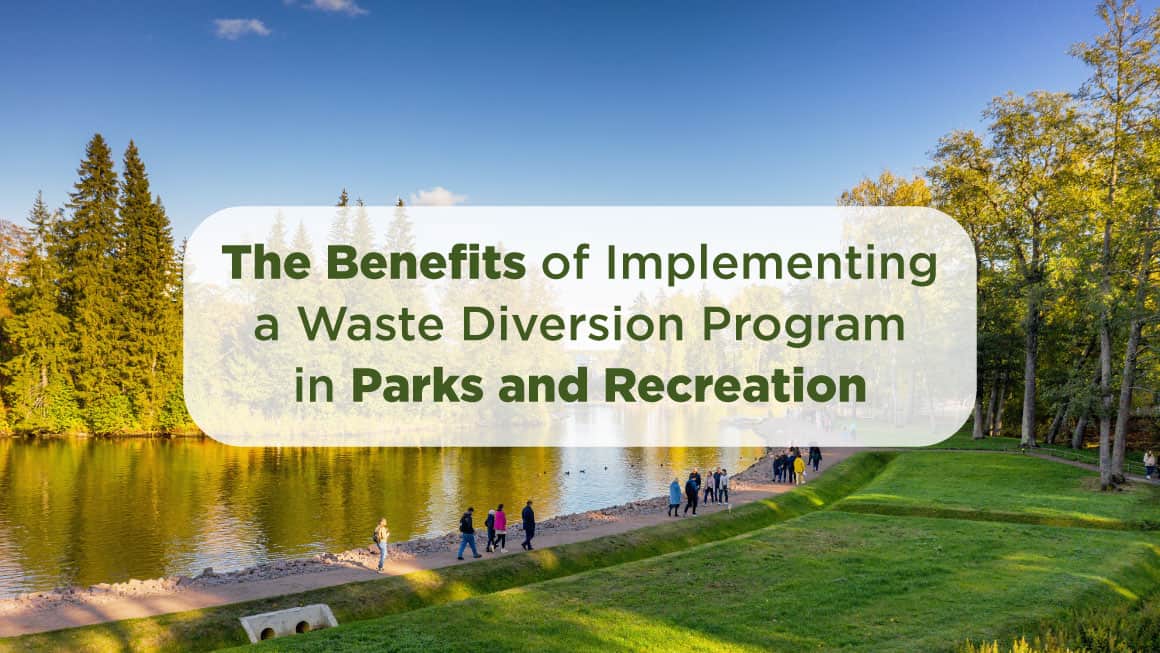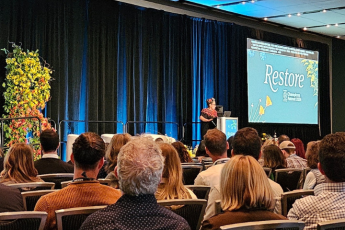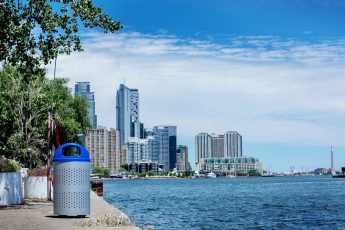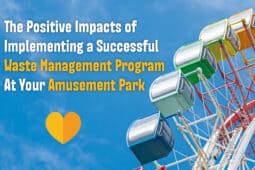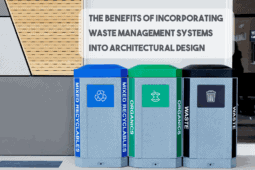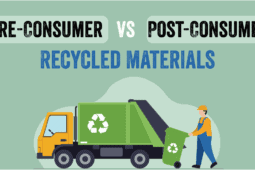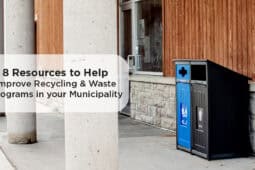The Benefits of implementing a waste diversion program in Parks and Recreation
Parks and recreation areas are integral to community life—they’re where residents and visitors gather, relax, and connect with nature. But because of heavy usage and a variety of activities, these spaces also generate a lot of waste: plastic bottles, food containers, organic matter and more. That’s why managing waste responsibly is crucial for preserving both the beauty and usability of these areas.
Putting a comprehensive waste diversion program in place can turn parks and recreation facilities into sustainability leaders. With the right strategy, you not only manage waste better but also improve the visitor experience and support broader community and environmental goals. In the sections that follow, we’ll explore the key economic, social and environmental benefits of adopting a waste diversion plan for parks and recreation sites.
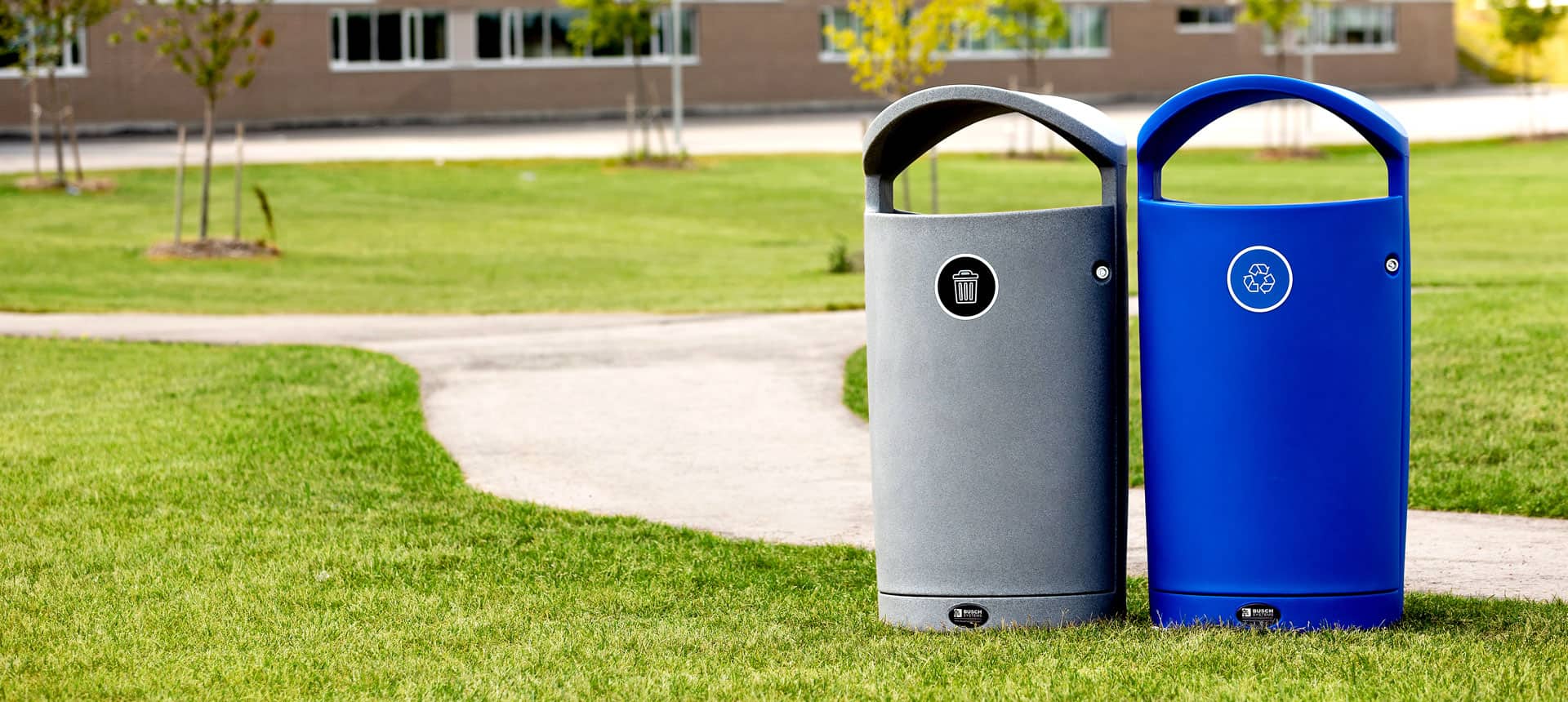
Economic Benefits
A well-designed waste diversion program brings real cost-savings and financial improvement opportunities for parks and recreation departments.
- Lower waste disposal expenses. When recyclables and compostables are kept out of landfills, the volume of trash sent for disposal falls. That means lower tipping fees and hauling charges, which over time can add up to meaningful savings—especially in areas where landfill costs are high.
- Revenue from recyclables. Recycling programs make it possible to monetize materials like aluminum cans, paper and certain plastics. Depending on markets, this extra income can be redirected into park maintenance or new programming.
- Improved operational efficiency. A structured system for waste diversion streamlines sorting and disposal, reducing labor time and effort. That frees up staff to focus on other priorities in the park.
- Access to grants and funding. Many local government agencies and environmental organizations offer grants or incentives for waste diversion initiatives. Implementing a robust program may open doors to additional funding to expand or enhance your efforts.
In short: investing in waste diversion isn’t just about saving money—it’s a strategic move that boosts the financial health of parks and recreation facilities while reinforcing their sustainability commitment.
Social Benefits
Beyond budgetary gains, waste diversion programs foster community engagement, education and a stronger public image for parks and recreation services.
- Promoting awareness and education. A visible diversion program teaches visitors about recycling, composting and environmental stewardship. Signage, outreach campaigns and staff interaction can inspire guests to adopt these practices both inside and outside the park.
- Enhancing community relations. Parks that prioritize sustainability demonstrate leadership and commitment to shared values. This strengthens relationships with visitors, stakeholders and environmental partners.
- Encouraging behavior change. When a park provides clear and accessible diversion options, visitors are more likely to pause and choose the right bin. Over time, this nurtures a culture of environmental care among the community.
- Creating a cleaner, more inviting environment. Effective waste diversion reduces litter and promotes tidiness—making parks more welcoming and enjoyable for everyone. A well-maintained space also cultivates respect and pride among users.
Environmental Benefits
Perhaps the most powerful reasons to implement a diversion program lie in its positive impact on the planet.
- Reducing landfill waste. Diverting materials from landfills lessens land degradation, mitigates methane emissions, and preserves usable land—each of which helps tackle climate change and supports sustainable land use.
- Conserving natural resources. Recycling reduces the need for raw materials: fewer trees cut for paper, less mining for metals and fewer oil-based products for plastics. That means less strain on ecosystems and a more sustainable future.
- Lowering greenhouse gas emissions. Organic waste in landfills produces methane—a far more potent greenhouse gas than CO₂. Composting organic matter instead helps capture carbon, improve soil health, and reduce harmful emissions.
- Protecting biodiversity and ecosystems. Proper waste management helps keep trash out of natural habitats, safeguarding plants, wildlife and the ecological balance that make parks special.
Conclusion
Launching a waste diversion program in parks and recreation isn’t just a matter of better trash-management—it’s an investment in the long-term sustainability and vitality of these communal spaces. Economically, you benefit from cost savings and new revenue. Socially, you boost awareness, behavior change and your facility’s image. Environmentally, you make meaningful contributions to resource conservation, emissions reduction and ecosystem protection.
By adopting a well-communicated, comprehensive diversion strategy, parks can set a positive example for their communities, create cleaner and more inviting spaces, and inspire a greener, more responsible way of life. Ultimately, these efforts don’t just preserve the beauty and utility of parks—they help build stronger, more sustainable communities.
Key Takeaways (TL;DR)
-
Save money and boost efficiency. Waste diversion reduces disposal costs, creates recycling revenue, and streamlines operations—freeing up resources for other park improvements.
-
Engage and educate the community. Visible recycling and composting systems encourage visitors to act sustainably, foster community pride, and strengthen relationships with local stakeholders.
-
Protect the environment. Diverting waste from landfills lowers greenhouse gas emissions, conserves natural resources, and safeguards local ecosystems.
-
Enhance the visitor experience. Cleaner, better-maintained parks make for more enjoyable, welcoming spaces that reflect shared environmental values.
-
Lead by example. Parks that prioritize sustainability set a strong precedent—showing that community spaces can be both beautiful and environmentally responsible.
